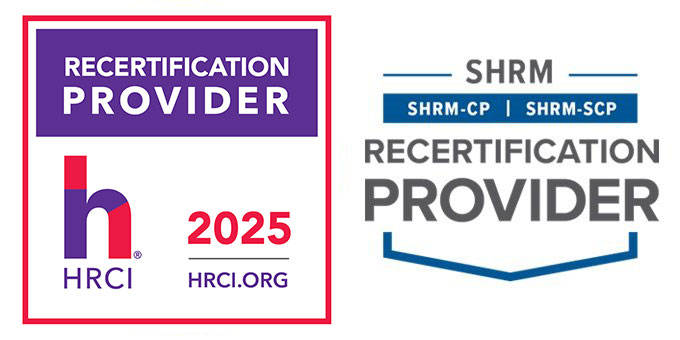Tracking Strategies to Measure Your Diversity Success
Do your Affirmative Action and Diversity strategies have any lasting value for your organization? As we mentioned in our previous post Data Diving 4, there are four proven strategies that are key in effectively implementing Affirmative Action/EEO/Diversity. Tracking, which is more than just applicant tracking, is an important component that provides the cold, hard data that measures your success. Here, we explain how to keep track of your diversity efforts and how they’re paying off.
The following tracking strategies will help keep on track in creating a more diverse organization:
Applicant Tracking Systems/HR Information System
First and foremost with tracking strategies is something you’re hopefully already doing: Use an HRIS (Human Resources Information System) and an ATS (Applicant Tracking System) that is appropriate for your company. You may not need the top-of-the-line solutions on the market, but you do need something that allows you to easily export reports that include hire dates, job titles, race, gender, wage rate, etc. An ATS should include status in the pipeline (“Disposition”).
These are often bundled into a payroll service. Make sure that the personnel that hire, fire or promote employees use standard dispositions and explanations for activities in a record. When you’re trying to track why you had 50 Black applicants for a job and only 3 were hired, it’s frustrating when half the applicants weren’t “disposed” and the other half had non-standard responses.
Also, any ATS should include the recruitment or referral source. Part of tracking the ROI of efforts using any recruiting and outreach is knowing which source talent comes from.
Productivity
You’ll also want to develop metrics for measuring productivity. Your organization may already do this. Some departments (such as Sales) are built on determining productivity. Once employees have been on the job for a certain number of months, it will be important to measure that productivity against the recruiting/referral sources. Sources yielding the most productive employees are good sources to continue using, while sources yielding less productive employees should be reconsidered.
Value
Finally, set a monetary value on each employee’s recruitment. This can vary greatly, but is often figured simply by dividing the amount spent on any individual openings by the number of employees hired to fill those openings. Amounts spent on more general outreach may be divided over all openings for a time period. This can and should be compared to employee productivity and recruitment sources to see what is yielding the best bang for your buck.
Self Audits
The quantitative assessment addressed above measures the productivity of your tracking strategies, and whether they succeed or fail. Pick a timeframe, every other month perhaps, to run reports and see how you’re tracking to your AAP Program goals. Make whatever adjustments (retraining hiring managers, trying a new recruitment source, etc.), and pull data again in another month or two, ad infinitum.
What kind of tracking strategies do you employ and what are the numbers showing you about your organization? Have those numbers affected your other strategies? What kind of solutions do you recommend? Share your experience below.
In our next installment, learn more about Training Strategies that make your organization diverse and bursting with the right talent that makes your organization uniquely effective. Find out how to attract and retrain talent in a way that also contributes to your local community and economy.





